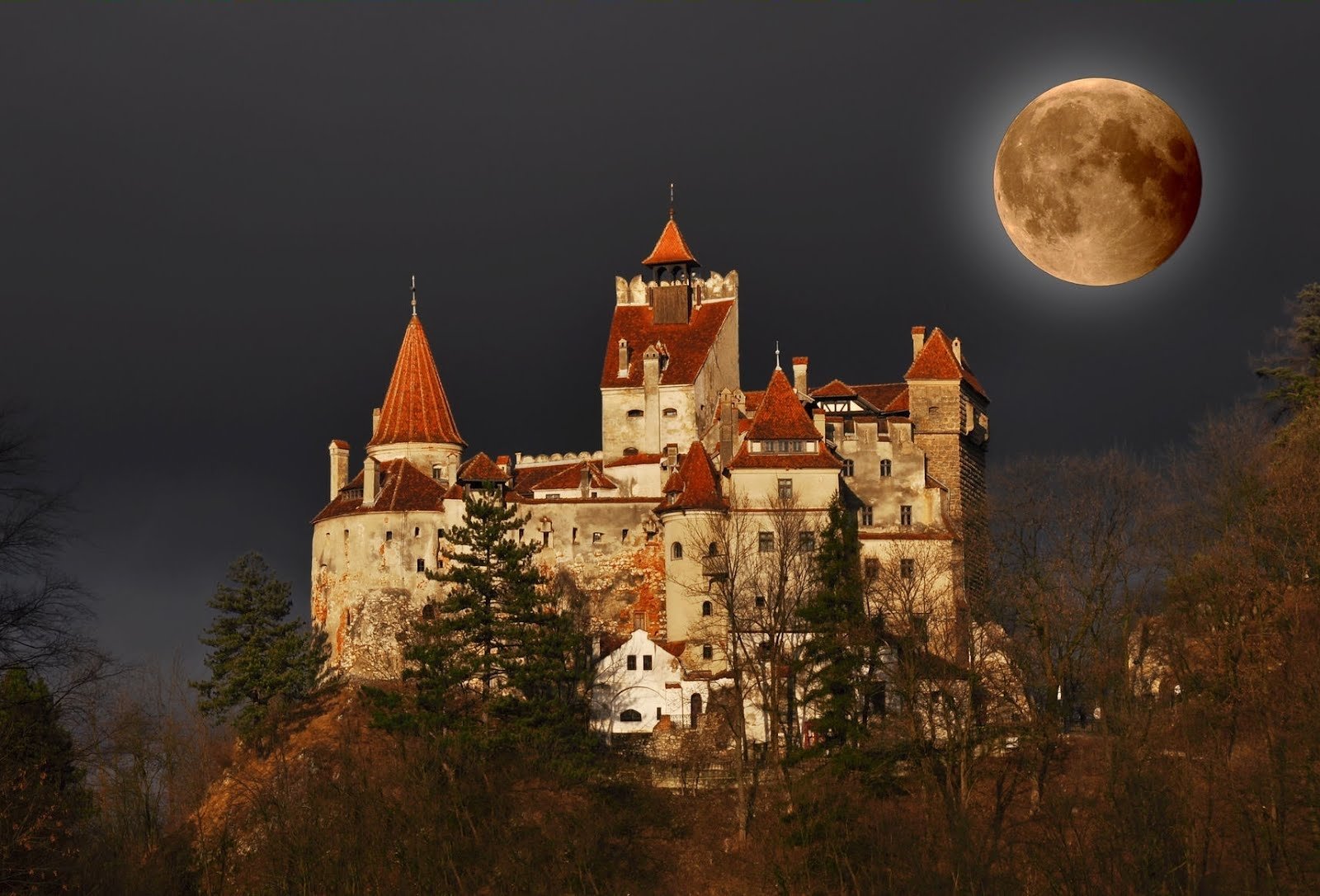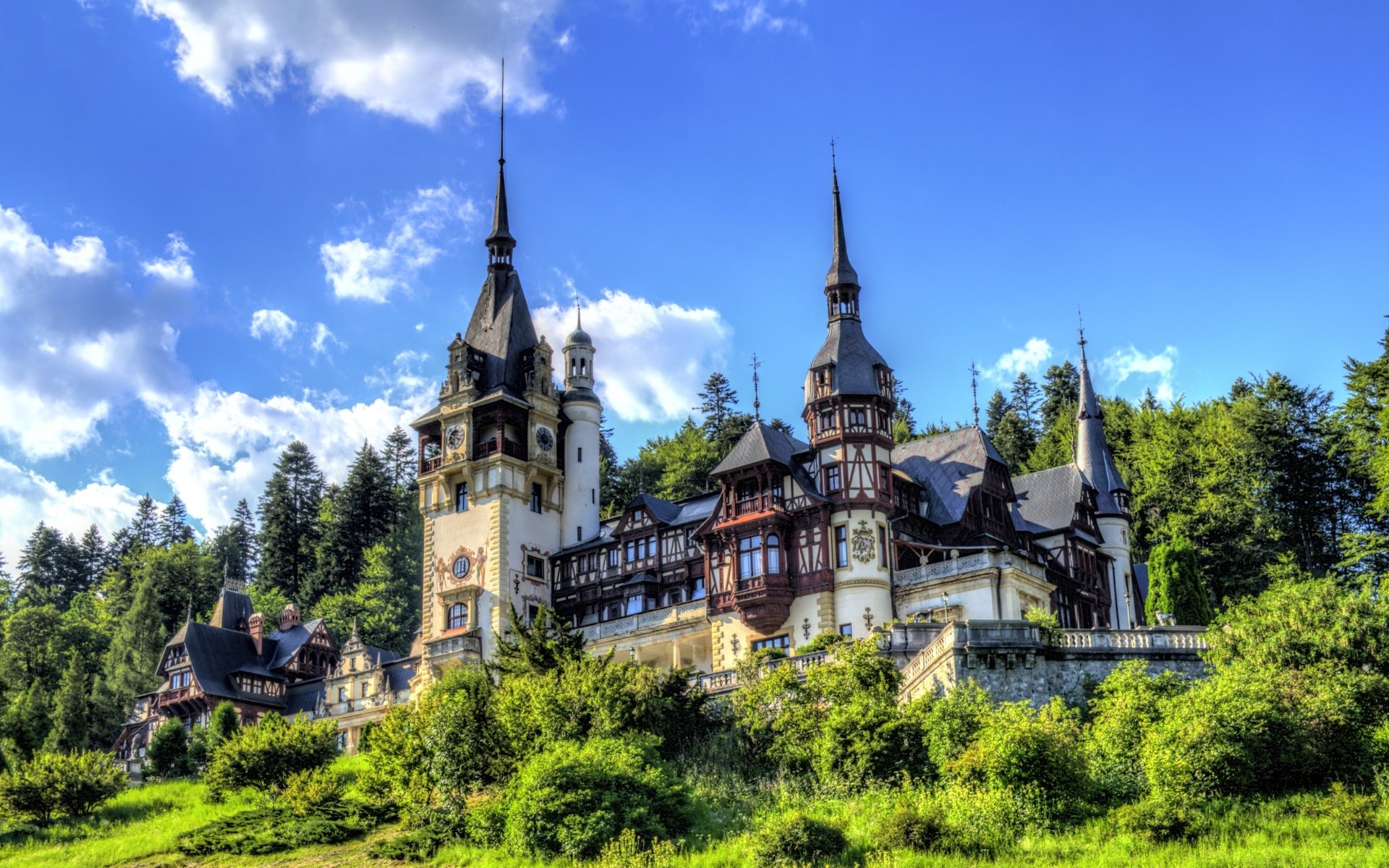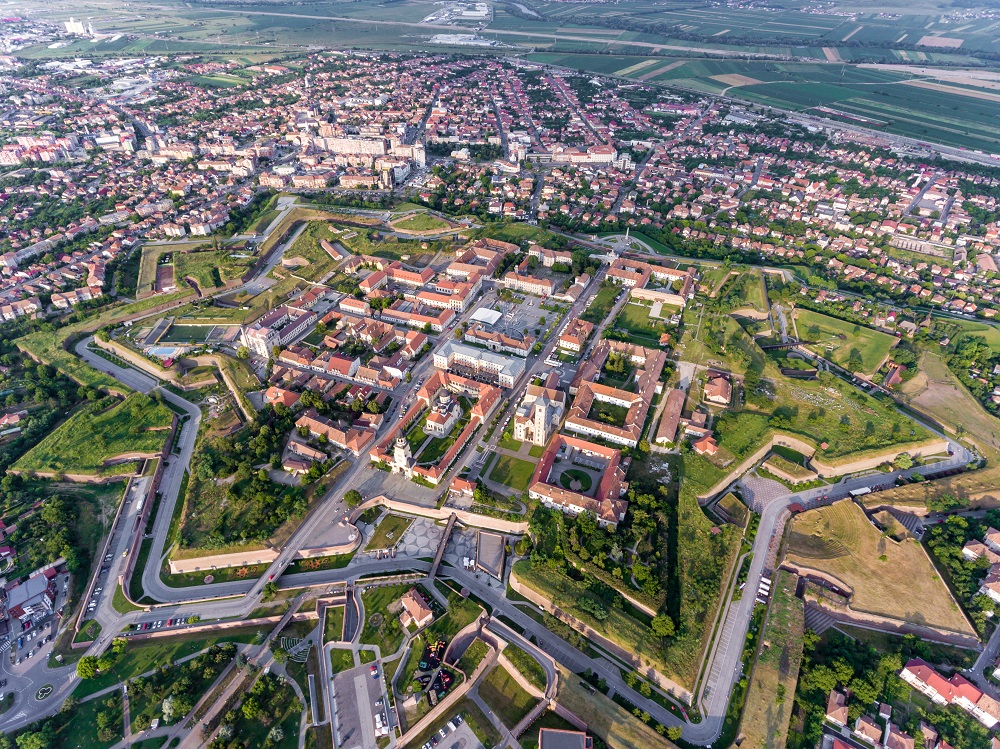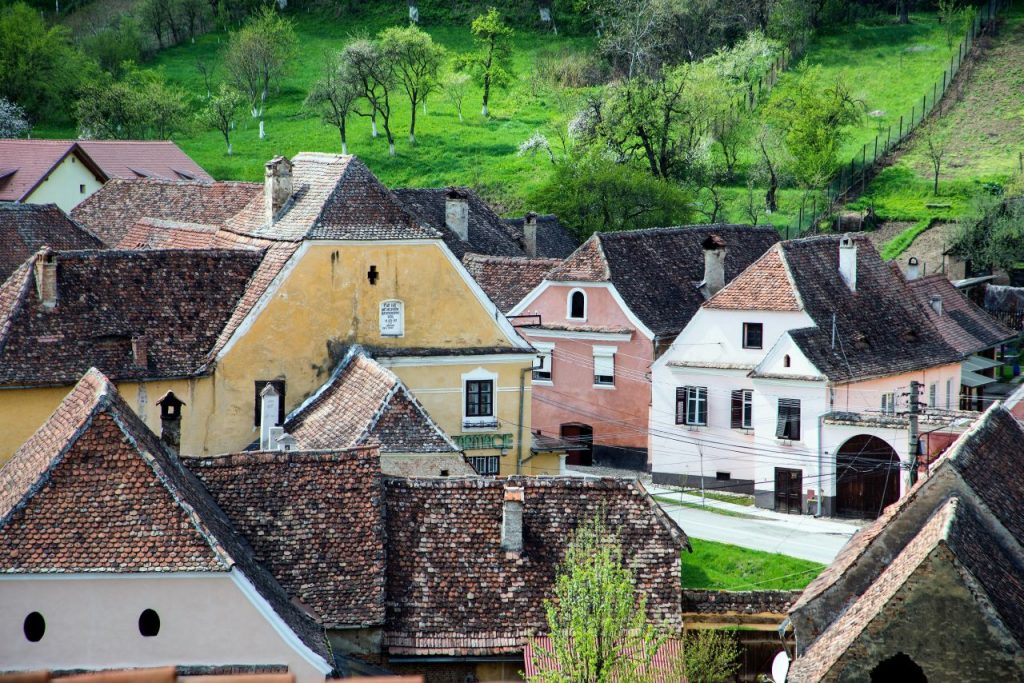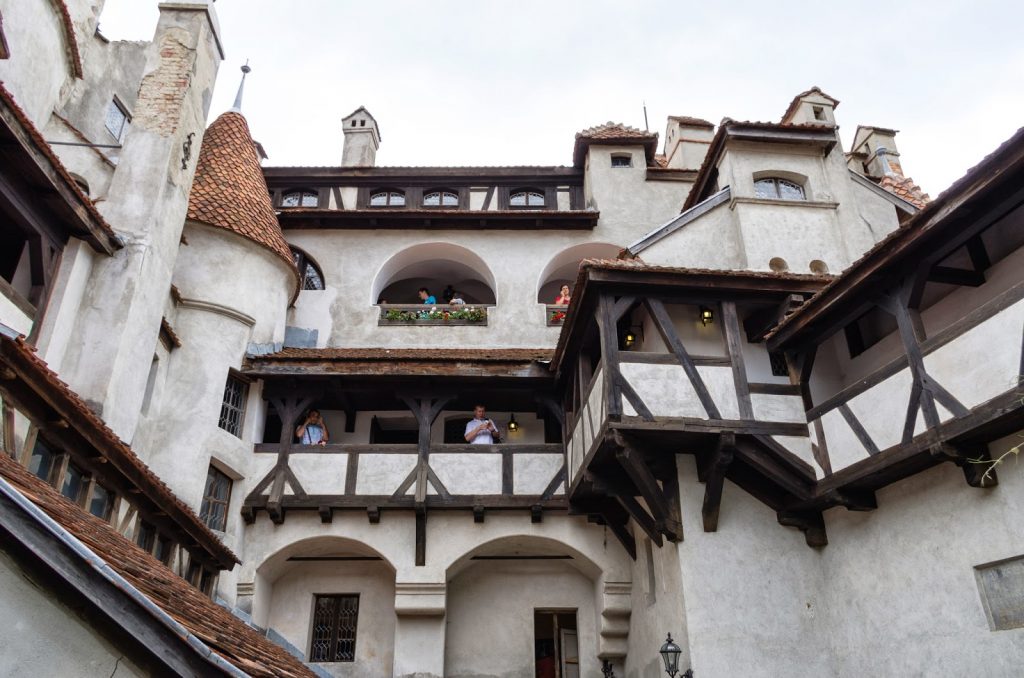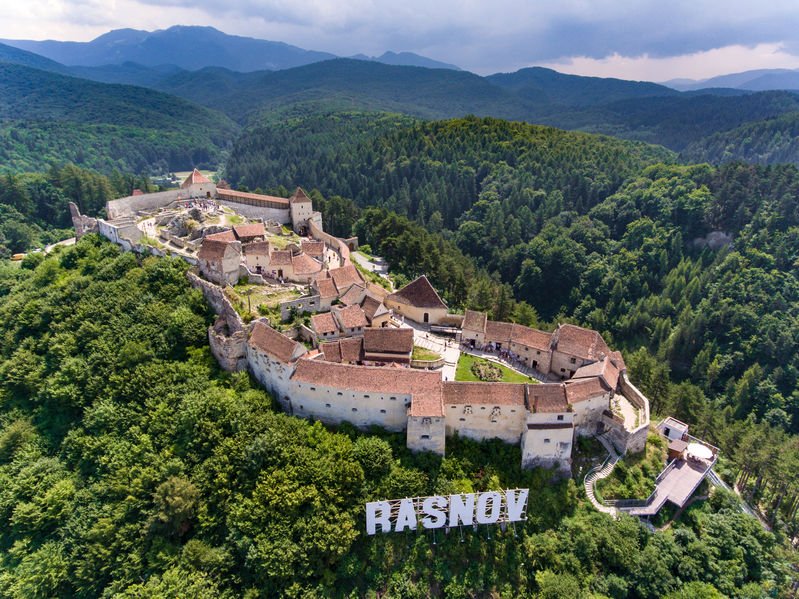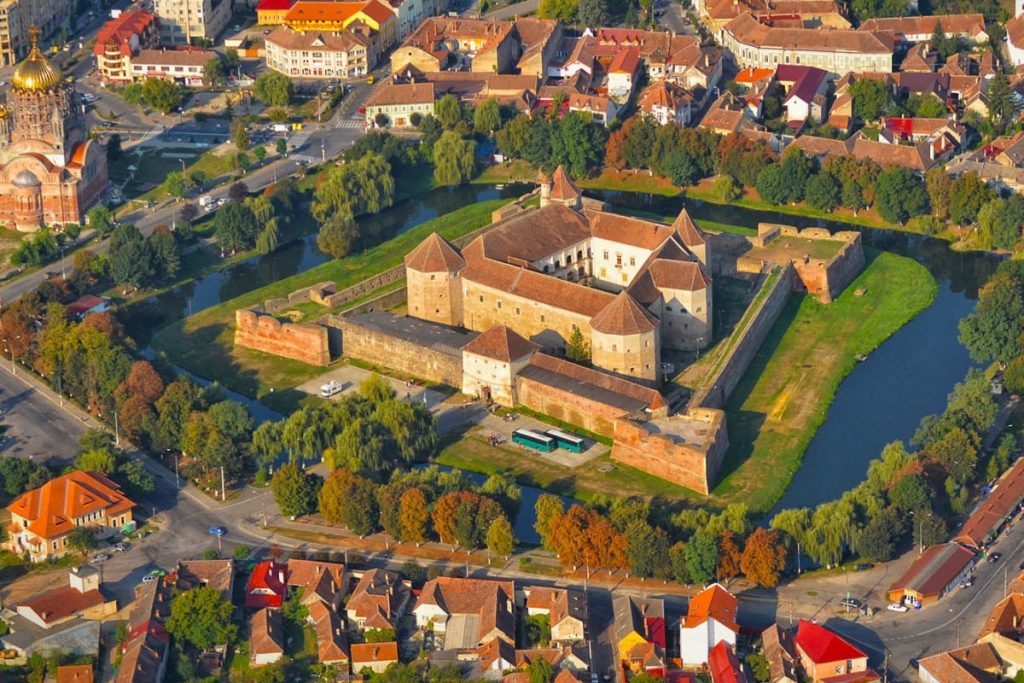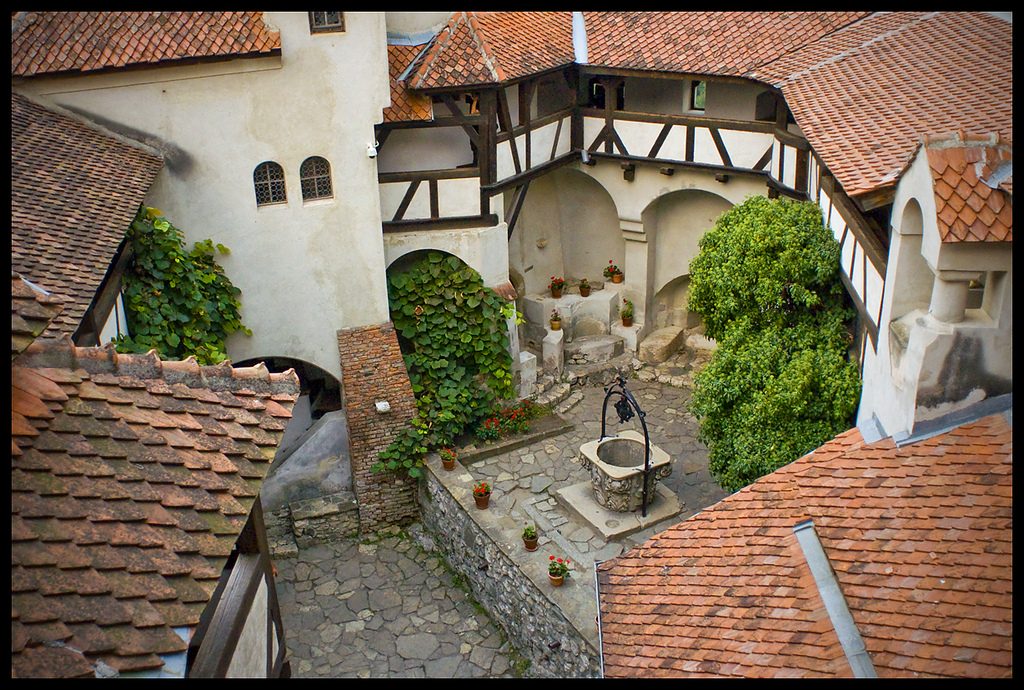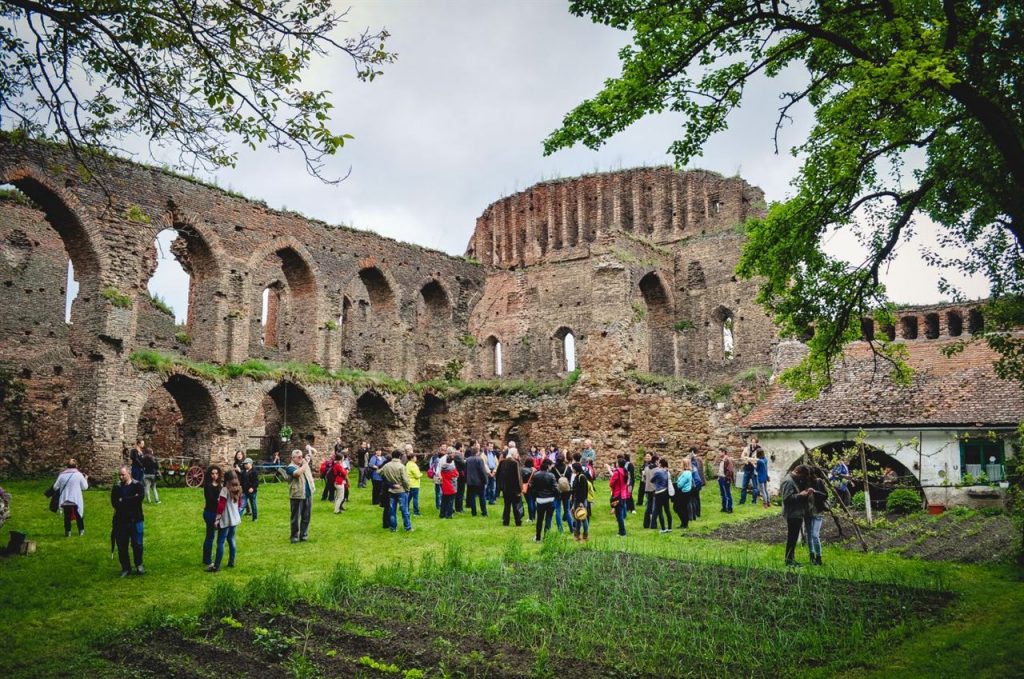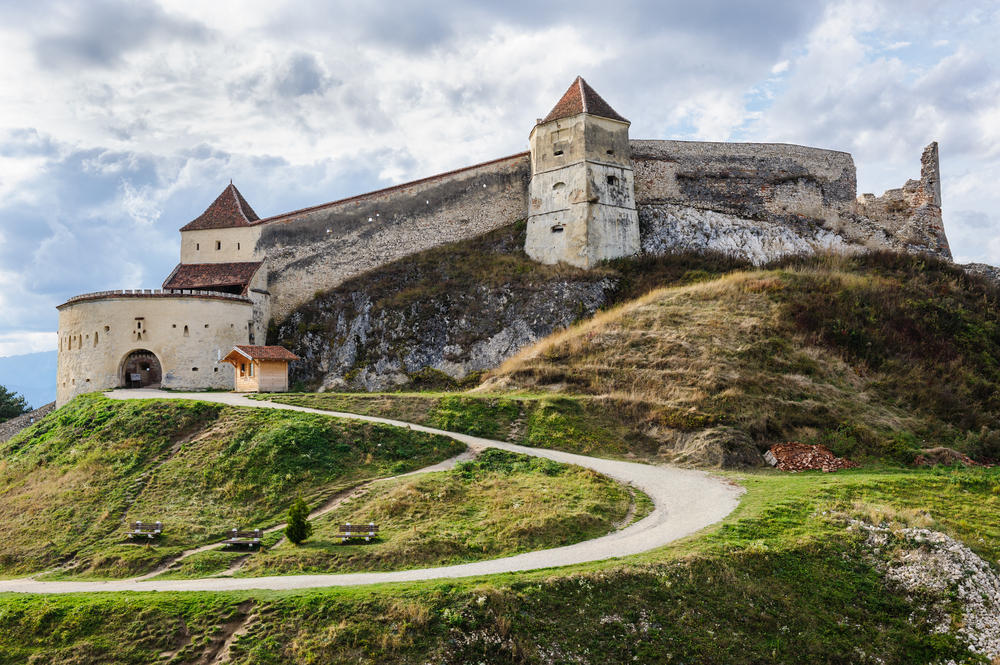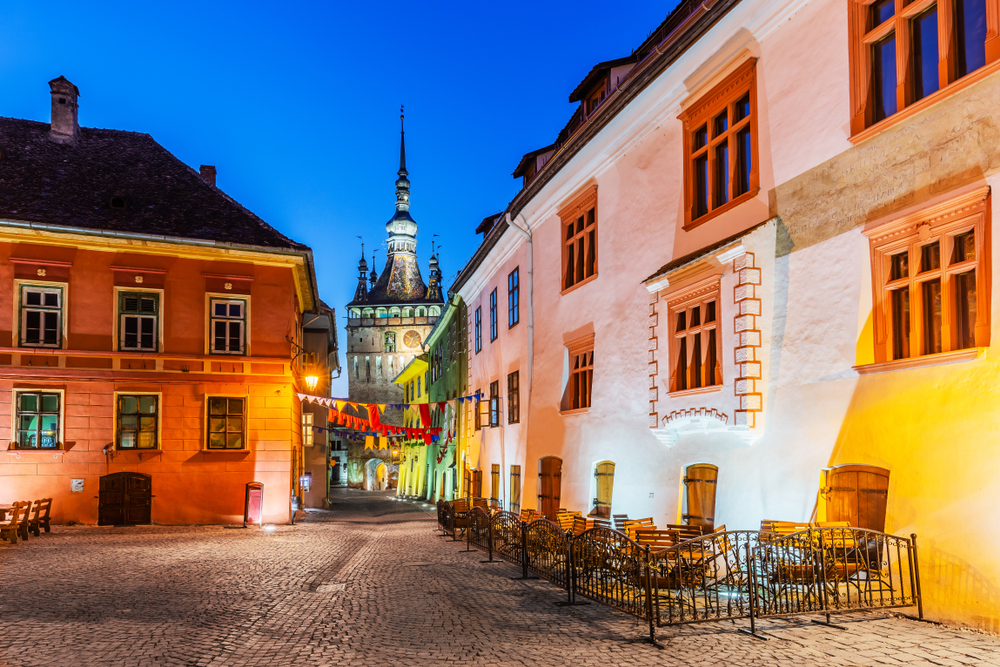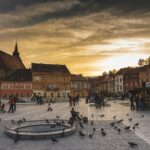Romania’s collection of castles and fortresses perhaps best illustrates the rich medieval heritage of the country.
Romania’s collection of castles and fortresses perhaps best illustrates the rich medieval heritage of the country. While castles built from the 14th to the 18th centuries are strong and austere fortresses built mainly for defense against invaders, those erected beginning in the late 1800s are imposing and luxurious.
The most popular include the elegant 19th century Peles Castle with its 160 rooms filled with priceless European art and, of course, the Bran Castle, built in the mid-1300s and legendary home to Bram Stoker’s Count Dracula.
We invite you to a 1- day guided tour in which you will discover the charm of the past times and the imposing beauty of the two castles that we will visit.
First part of the day – Bran Castle
* Our tour starts at 08:00 am, when you will be picked-up from the hotel
* We will leave Bucharest and head for Valea Prahovei where you will be fascinated by the landscapes of the Bucegi Mountains. From Sinaia to Predeal, the River Prahova froths white beneath the gigantic Bucegi Mountains, which overhang Buşteni with a vertical kilometer of sheer escarpment, receding in grandiose slopes covered with fir, beech and rowan trees. These mountains are the real attraction of the area: the easiest walks are above Sinaia and Predeal, with more challenging hikes above Buşteni
* Surrounded by an aura of mystery and legend and perched high atop a 200-foot-high rock, Bran Castle owes its fame to its imposing towers and turrets as well as to the myth created around Bram Stocker’s Dracula. Built on the site of a Teutonic Knights stronghold dating from 1212, the castle was first documented in an act issued by Louis I of Hungary on November 19, 1377, giving the Saxons of Kronstadt (Brasov) the privilege to build the Citadel. Bran Castle, situated near Bran and in the immediate vicinity of Brașov, is a national monument and landmark in Romania. The fortress is situated on the border between Transylvania and Wallachia. Commonly known as “Dracula’s Castle” it is often erroneously referred to as the home of the title character in Bram Stoker’s Dracula. There is, however, no evidence that Stoker knew anything about this castle, which has only tangential associations with Vlad the Impaler, voivode of Wallachia, the putative inspiration for Dracula. Dutch author Hans Corneel de Roos proposes as location for Castle Dracula an empty mountain top, Mount Izvorul Călimanului, 2,033 meters (6,670 ft) high, located in the Călimani Alps near the former border with Moldavia. Stoker’s description of Dracula’s crumbling fictional castle also bears no resemblance to Bran Castle
The castle is now a museum dedicated to displaying art and furniture collected by Queen Marie. At the bottom of the hill is a small open-air museum park exhibiting traditional Romanian peasant structures (cottages, barns, etc.) from across the country
* Lunch
Second part of the day – Peles Castle
* Nestled at the foot of the Bucegi Mountains in the picturesque town of Sinaia, Peles Castle is a masterpiece of German new-Renaissance architecture, considered by many one of the most stunning castles in Europe. Commissioned by King Carol I in 1873 and completed in 1883, the castle served as the summer residence of the royal family until 1947. Its 160 rooms are adorned with the finest examples of European art, Murano crystal chandeliers, German stained-glass windows and Cordoba leather-covered walls
* By form and function, Peleş is a palace, but it is consistently called a castle. Its architectural style is a romantically inspired blend Neo-Renaissance and Gothic Revival similar to Schloss Neuschwanstein in Bavaria. A Saxon influence can be observed in the interior courtyard facades, which have allegorical hand-painted murals and ornate fachwerk similar to that seen in northern European alpine architecture. Interior decoration is mostly Baroque influenced, with heavy carved woods and exquisite fabrics
* Peleş Castle has a 3,200-square-metre (34,000 sq ft) floor plan with over 160 rooms, many with dedicated themes from world cultures (in a similar fashion as other Romanian palaces, like Cotroceni Palace). Themes vary by function (offices, libraries, armories, art galleries) or by style (Florentine, Turkish, Moorish, French, Imperial); all the rooms are extremely lavishly furnished and decorated to the slightest detail. There are 30 bathrooms. The establishment hosts one of the finest collections of art in Eastern and Central Europe, consisting of statues, paintings, furniture, arms and armor, gold, silver, stained glass, ivory, fine china, tapestries, and rugs. The collection of arms and armor has over 4,000 pieces, divided between Eastern and Western war pieces and ceremonial or hunting pieces, spreading over four centuries of history. Oriental rugs come from many sources: Bukhara, Mosul, Isparta, Saruk, and Smirna. The porcelain is from Sèvres and Meissen; the leather is from Córdoba. Perhaps the most acclaimed items are the hand-painted stained glass windows, which are mostly Swiss. A towering statue of King Carol I by Raffaello Romanelli overlooks the main entrance. Many other statues are present on the seven Italian neo-Renaissance terrace gardens, mostly of Carrara marble executed by the Italian sculptor Romanelli. The gardens also host fountains, urns, stairways, guarding lions, marble paths, and other decorative pieces
* We finish the day in Brasov, where after a short walk through the historical city center, we dine in a Romanian restaurant, where we enjoy traditional local cuisine
* Brasov is situated in the central part of the country, being considered the second most important town in Romania. Located 160 km from Bucharest, Romania’s capital, Brasov is surrounded like a halo by the Carpathians, being in the middle of the country at the crossroads of the Eastern Carpathian and the Southern Carpathians. Across the mountains to the South and East there are Wallachia and Moldavia, to the West the Banat region and to the North the rolling hills of Northern Transylvania
* Stretching over a surface of 5,363 sq km the County of Brasov comprises Barsa depression and Fagaras land and in the North-Northeast Persani Mountains and the depression neighbored by Olt river and Tarnave (Hirtibaciului Plateau)
IMPORTANT NOTE:
- Sometimes, some of the places we intend to visit may be closed at that time. But don’t worry. We have prepared tourist attractions at least as interesting as the previous ones.
- We can organize this tour all year long.
- The tour can be optimized according to your wishes.
—————————————————————–
Talk to our tours expert
We are here to discuss about your next dream trip in Romania!
We can organize this tour all year long. The tour can be customized depending on the number of days you have available.
- call us : +40761.896.881 or just write us on whats app
- 9 am – 8 pm Monday through Sunday.
Otherwise, send an email anytime: office@wildromania.ro
For booking please contact us with at least 3 months in advance in the extra season and at least 5-6 months in advance during the full season (in the summer time), to check the availability. We will offer our support for all the aspects related to the trip planning, including the flight schedule.
All you have to do is to contact us as soon as possible, in order to have enough time at disposal for all the organizational details.


